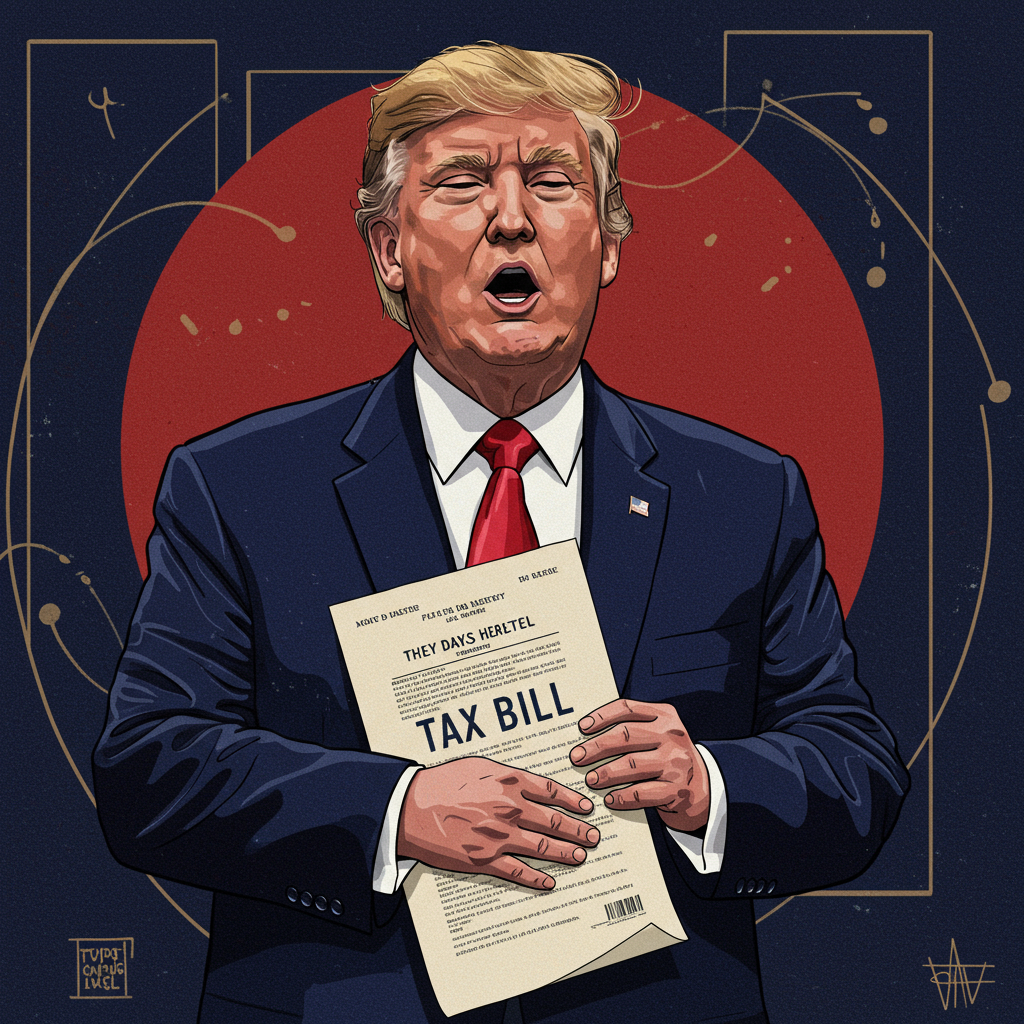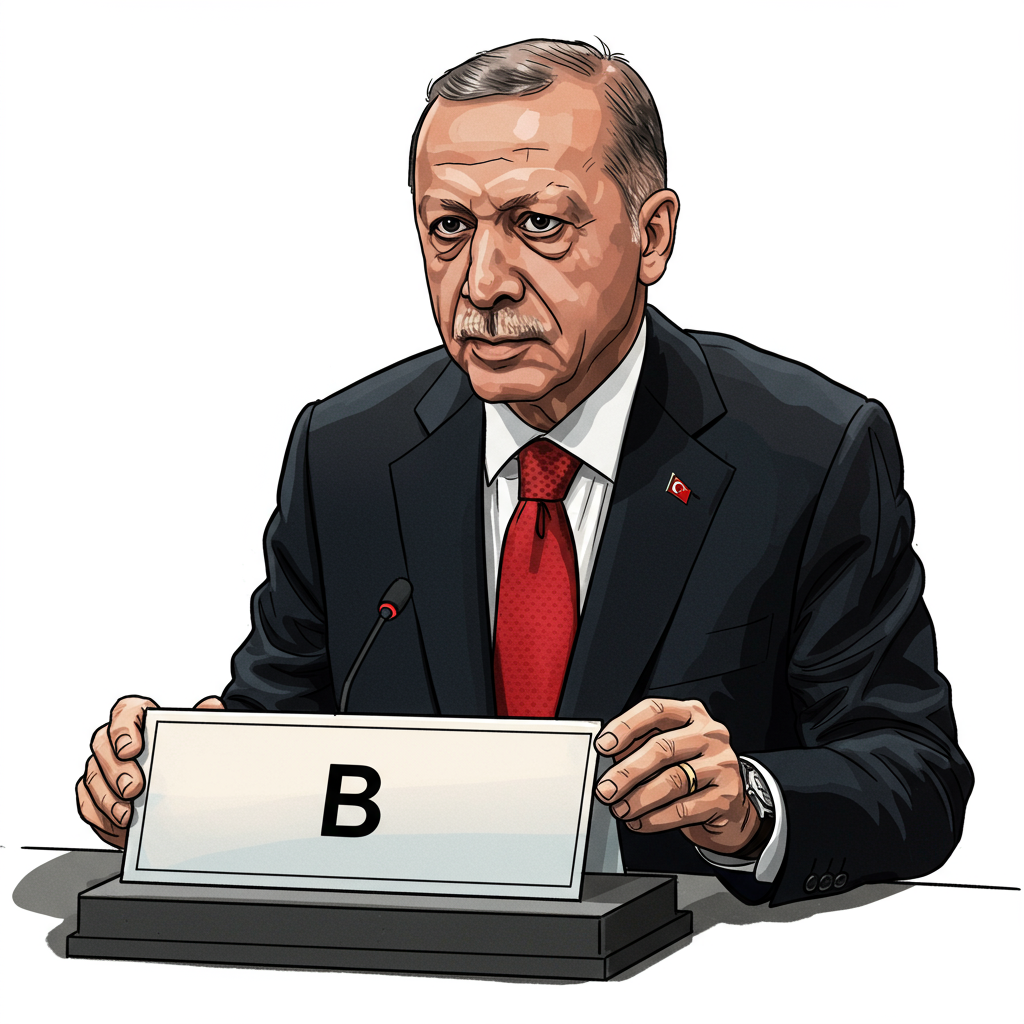A truly unprecedented event unfolded in Washington, D.C., as Syrian President Ahmad al-Sharaa made the first Syrian President White House visit since Syria gained independence in 1946. This landmark meeting with President Donald Trump signals a dramatic shift in global diplomacy. The engagement aims to integrate a once-isolated Syria into a U.S.-led international coalition. Its primary objective: to confront the persistent threat of the Islamic State group.
A Historic First: Syria Re-Engages with the U.S.
On a pivotal Monday, President Trump welcomed Syrian President Ahmad al-Sharaa to the White House. This marked a monumental moment in the complex tapestry of Middle Eastern politics. The encounter, closed to the press, began shortly after 11:30 a.m. in the Oval Office. President al-Sharaa entered the building via West Executive Avenue. This differs from the typical West Wing driveway used for other foreign dignitaries. The visit followed the U.S. easing sanctions on Syria. These measures had been in place for decades under the Assad family’s rule. The lifting of restrictions paved the way for renewed diplomatic engagement. This historic Syrian President White House visit signifies a cautious reopening of dialogue. It also suggests a potential recalibration of U.S. foreign policy.
The last official encounter between the U.S. and a Syrian leader occurred in 2000. Then-President Bill Clinton met with Hafez al-Assad, Bashar Assad’s father. This latest meeting, however, stands apart. It comes after a period of intense conflict and profound political upheaval within Syria. The U.S. administration sees this engagement as a crucial step. It forms part of President Trump’s broader diplomatic efforts. White House press secretary Karoline Leavitt underscored this. She stated the visit is “part of the president’s efforts in diplomacy to meet with anyone around the world in the pursuit of peace.” This sentiment reflects a pragmatic approach to international relations. It prioritizes stability and cooperation, even with former adversaries.
From Pariah to Partner: The Al-Sharaa Transformation
The journey of Ahmad al-Sharaa to the White House is complex and controversial. He ascended to power after leading the rebel forces that ultimately toppled Syrian President Bashar Assad last December. Al-Sharaa was subsequently named the country’s interim leader in January. His past, however, includes ties to al-Qaida. At one point, a $10 million U.S. bounty was placed on his head. This makes his current position as a U.S. partner particularly striking. President Trump first met al-Sharaa in May during a visit to Saudi Arabia. Trump then described him as a “young, attractive guy. Tough guy. Strong past, very strong past. Fighter.” These comments suggest a U.S. willingness to acknowledge a new reality in Syria. They appear ready to engage with its new leadership, despite historical grievances.
A New Coalition Against ISIS
A key outcome of this diplomatic engagement is Syria’s prospective entry into the global coalition battling the Islamic State group. This move promises enhanced cooperation with U.S. forces on the ground. Syrian military units and the Kurdish-led Syrian Democratic Forces (SDF) in northeast Syria were already fighting ISIS. However, official inclusion in the coalition marks a significant strategic development. It provides a formal framework for intelligence sharing and coordinated military operations. This formal alignment against ISIS is designed to strengthen regional security. It aims to prevent a resurgence of extremist elements. The collaboration also highlights a shifting geopolitical landscape. It underscores a shared interest in counter-terrorism. The U.S. views a stable, internationally cooperative Syria as vital. Such a Syria can contribute effectively to regional peace.
The Complex Web of Syrian Sanctions
Central to President al-Sharaa’s agenda for this Syrian President White House visit is the push for a permanent repeal of sanctions. These measures, including the Caesar Act, were imposed due to widespread allegations of human rights abuses. These were perpetrated by Assad’s government and security forces. While President Trump has temporarily waived some sanctions, a permanent repeal requires congressional action. This creates a challenging legislative environment. Two distinct proposals are under consideration in Congress.
One proposal, spearheaded by Senator Jeanne Shaheen of New Hampshire, suggests an unconditional end to the sanctions. Conversely, Senator Lindsey Graham of South Carolina drafted a proposal with conditions. This plan would necessitate a review of sanctions every six months. The debate between these two approaches is critical. Advocates for an unconditional repeal argue that conditional measures deter foreign investment. Mouaz Moustafa, executive director of the Syrian Emergency Task Force, likened them to a “hanging shadow that paralyzes any initiatives for our country.” Companies hesitate to invest where sanctions could be reimposed suddenly. Therefore, a clear, permanent resolution is crucial for Syria’s economic recovery and stability.
International Backing for a New Chapter
The international community has also recognized Syria’s changing political landscape. Before al-Sharaa’s arrival in the U.S., the United Nations Security Council voted to lift sanctions on the Syrian president and other government officials. U.S. Ambassador to the U.N., Mike Waltz, hailed this decision. He called it “a strong sign that Syria is in a new era since the fall of Assad.” This international support reinforces the legitimacy of al-Sharaa’s government. It also provides momentum for the normalization of Syria’s global standing. These developments are crucial. They pave the way for reconstruction efforts. They also seek to address the humanitarian crisis that has plagued the nation.
Navigating a Fragile Future: Challenges and Opportunities
This historic visit, while promising, underscores the immense challenges facing Syria. The nation embarks on a new path, yet scars of conflict remain. Ensuring internal stability is paramount for the new leadership. Rebuilding infrastructure and fostering national unity will be long, arduous tasks. The return of displaced persons and reconciliation of various factions are also critical. The international community’s support for these efforts will be vital. Financial aid, technical expertise, and diplomatic mediation will all be necessary.
Furthermore, integrating Syria into global systems will require careful navigation. Al-Sharaa’s past associations present a unique challenge. Building trust with international partners requires consistent, transparent governance. His administration must demonstrate a clear commitment to human rights. They must also pursue a future free from extremist ideologies. The success of this new era hinges on these factors. This moment offers a rare opportunity. Syria could transition from a war-torn state to a contributing member of the global community. The eyes of the world are now on the nascent US-Syria relations.
Frequently Asked Questions
What is the significance of Syrian President Al-Sharaa’s White House visit?
Syrian President Ahmad al-Sharaa’s meeting with President Trump marks the first Syrian President White House visit since the nation gained independence in 1946. It represents a dramatic shift in U.S.-Syria relations. The visit signals a move from decades of isolation to potential cooperation. Its primary goal is to integrate Syria into a U.S.-led coalition. This coalition aims to combat the Islamic State group. This engagement could redefine Middle East diplomacy. It opens a new chapter for a post-Assad Syria.
How did U.S. sanctions on Syria evolve before this historic meeting?
Prior to al-Sharaa’s visit, the U.S. had imposed extensive sanctions on Syria. These were due to human rights abuses under the Assad family. President Trump temporarily waived certain sanctions, like those under the Caesar Act. This enabled the diplomatic engagement. However, President al-Sharaa seeks a permanent repeal of these restrictions. This requires congressional approval. The debate revolves around conditional versus unconditional repeals. An unconditional repeal is desired by Syria for full economic recovery.
What challenges does Syria face in joining the global coalition against ISIS?
Syria’s entry into the global coalition against ISIS, while strategic, presents several challenges. The nation’s new military and the Kurdish-led Syrian Democratic Forces already combat ISIS. However, formal integration requires robust coordination and trust. Al-Sharaa’s own controversial past, including ties to al-Qaida, necessitates careful navigation to build confidence. Ensuring stable governance, rebuilding war-torn areas, and addressing humanitarian concerns are crucial. These steps are vital for effective, long-term collaboration against extremist groups.
Conclusion: A Cautious Optimism for U.S.-Syria Relations
The Syrian President White House visit by Ahmad al-Sharaa signifies a bold diplomatic gamble. It represents a pivot in U.S. foreign policy and a potential new dawn for Syria. From a leader once considered a pariah, al-Sharaa is now poised to become a key player in regional stability. The immediate focus is on countering ISIS. However, the longer-term implications for U.S.-Syria relations, sanctions relief, and Syria’s path to recovery are profound. While formidable challenges remain, this historic meeting offers a glimmer of cautious optimism. It proposes a future where dialogue and cooperation might gradually replace conflict and isolation. The world will be watching closely as this complex geopolitical narrative unfolds.


